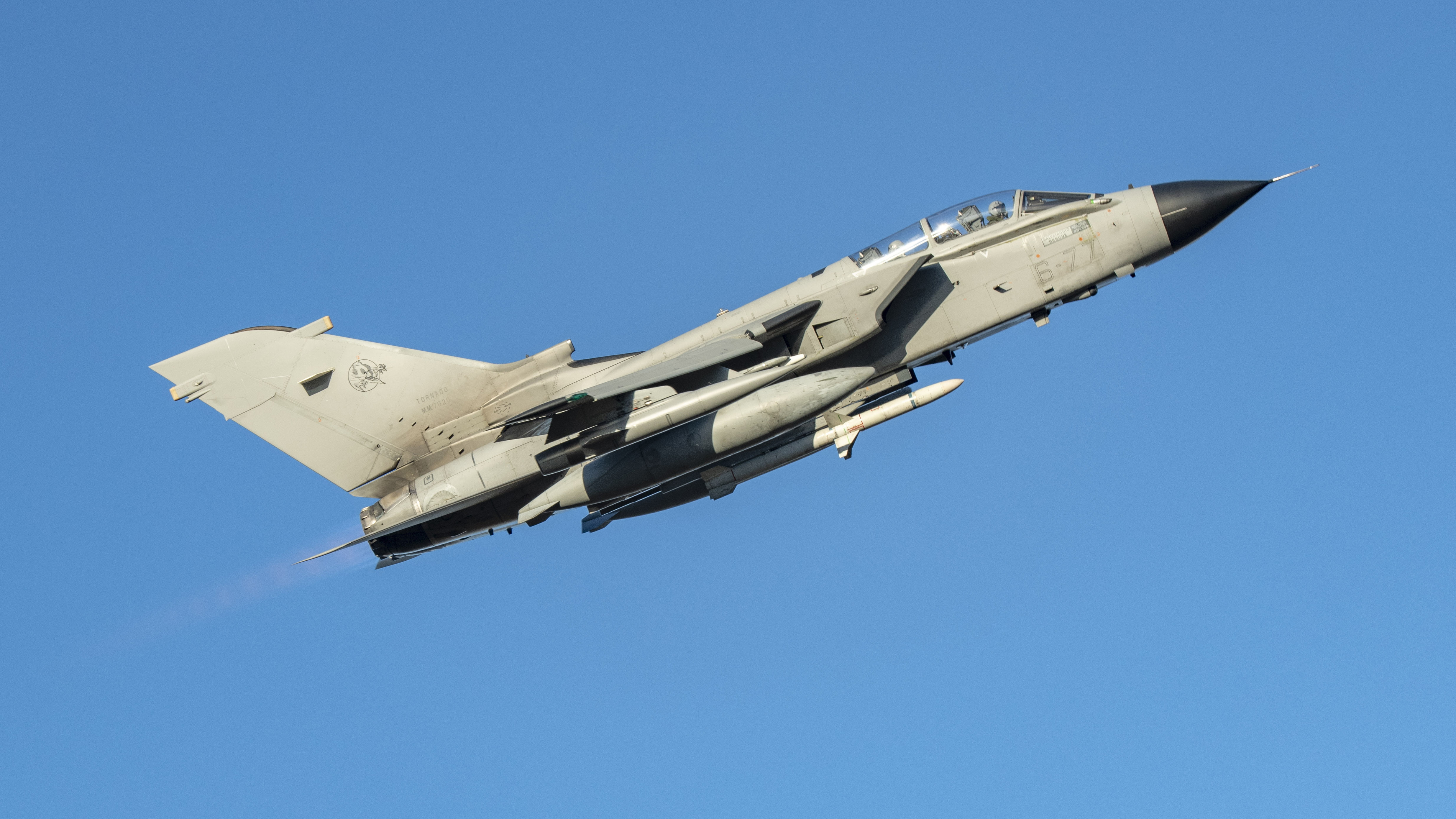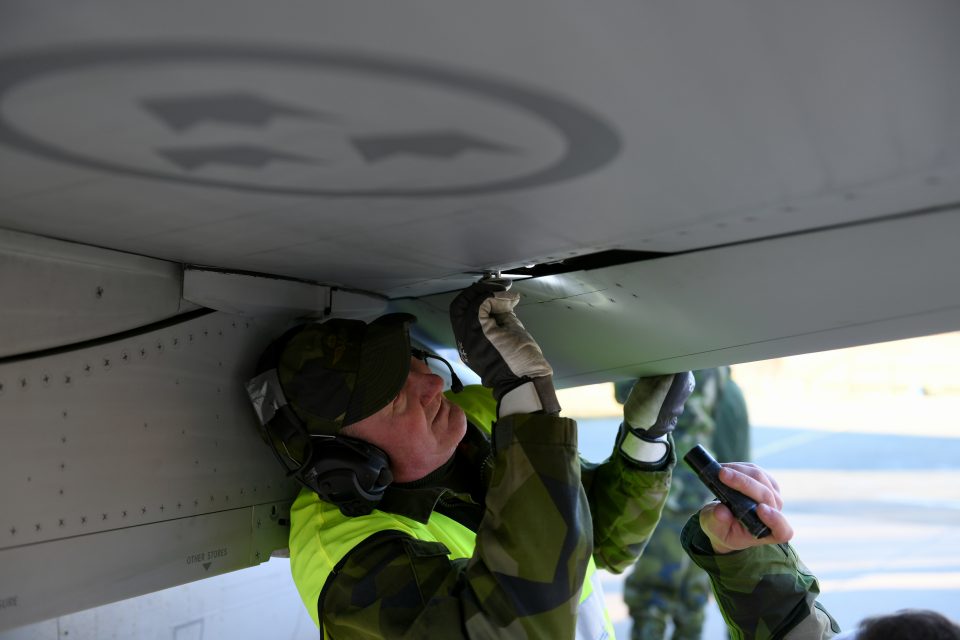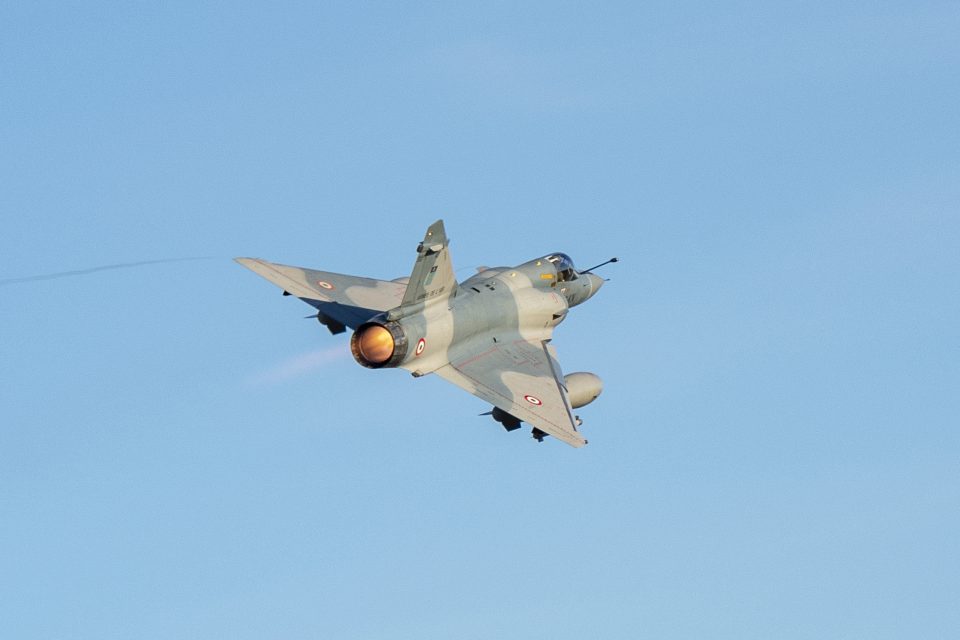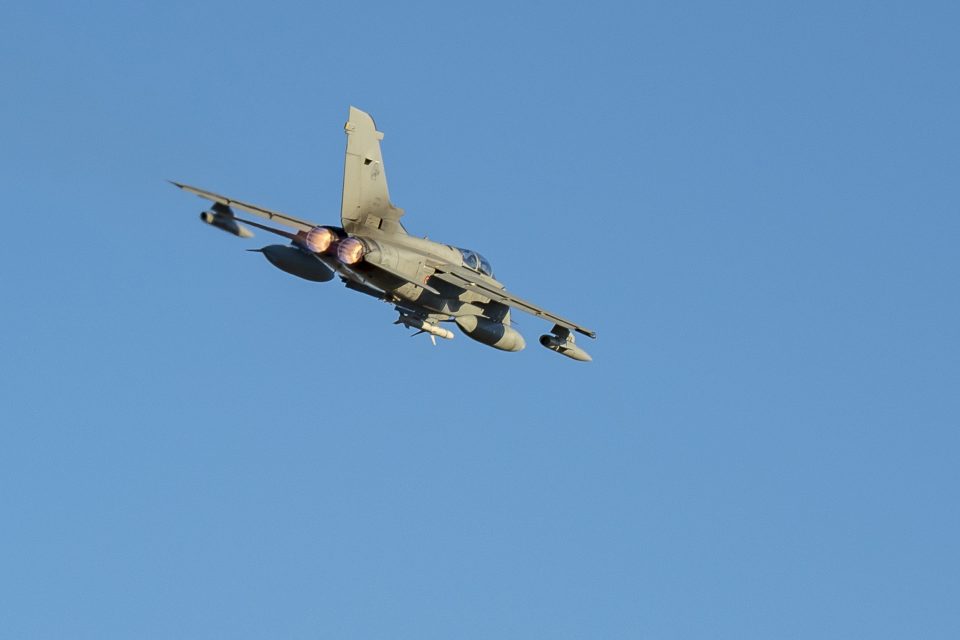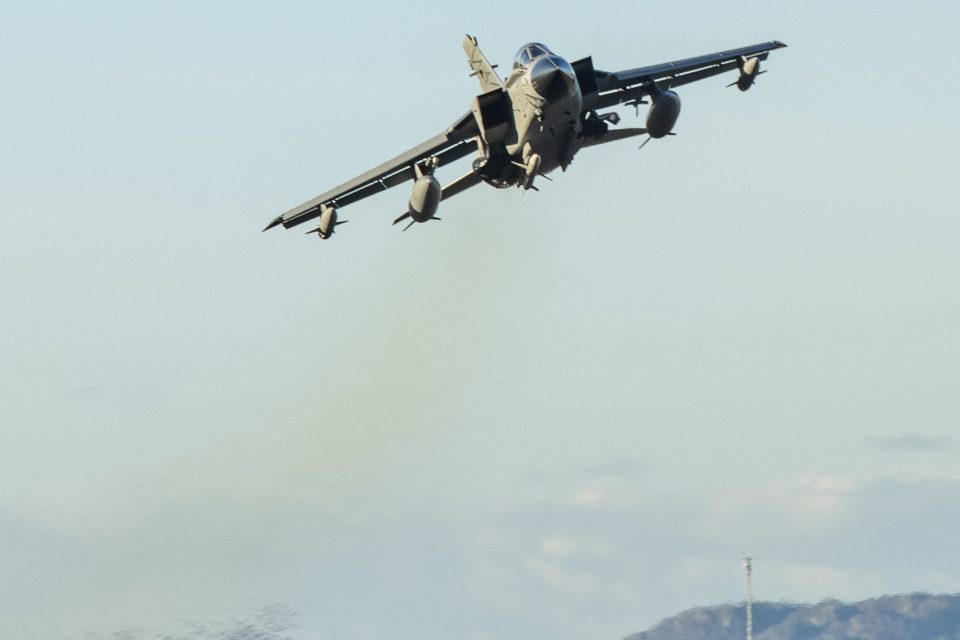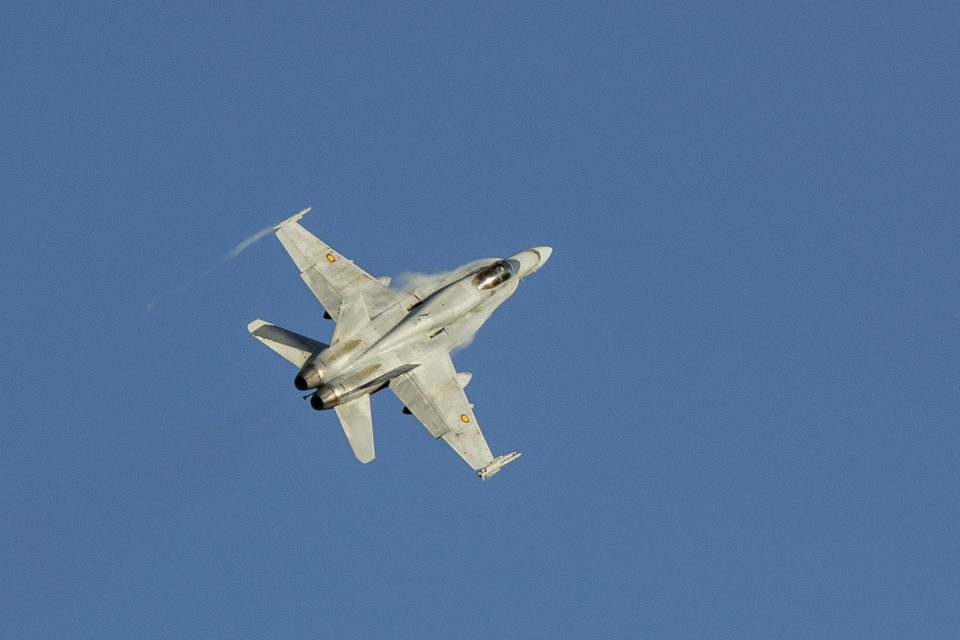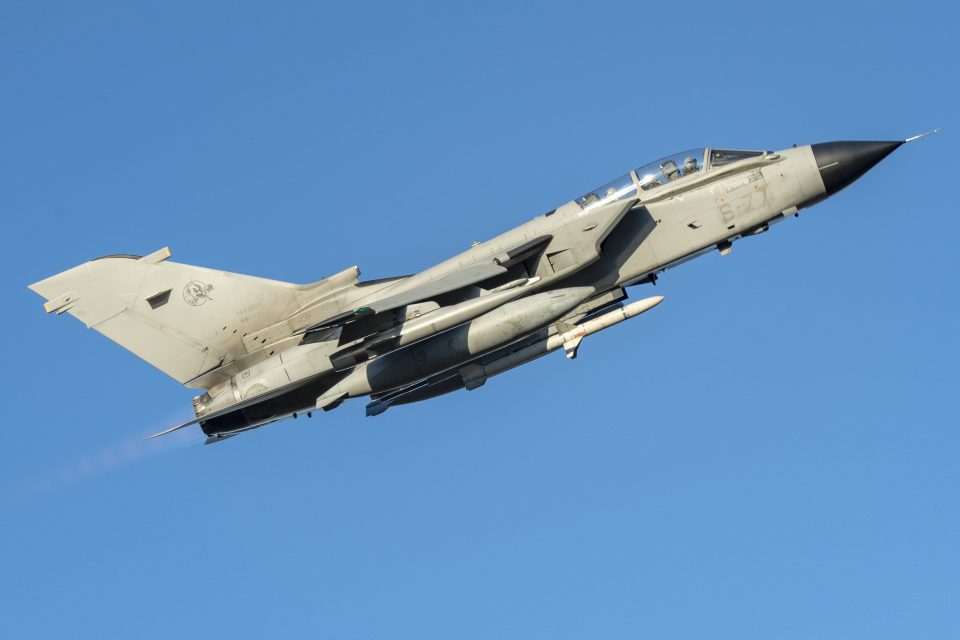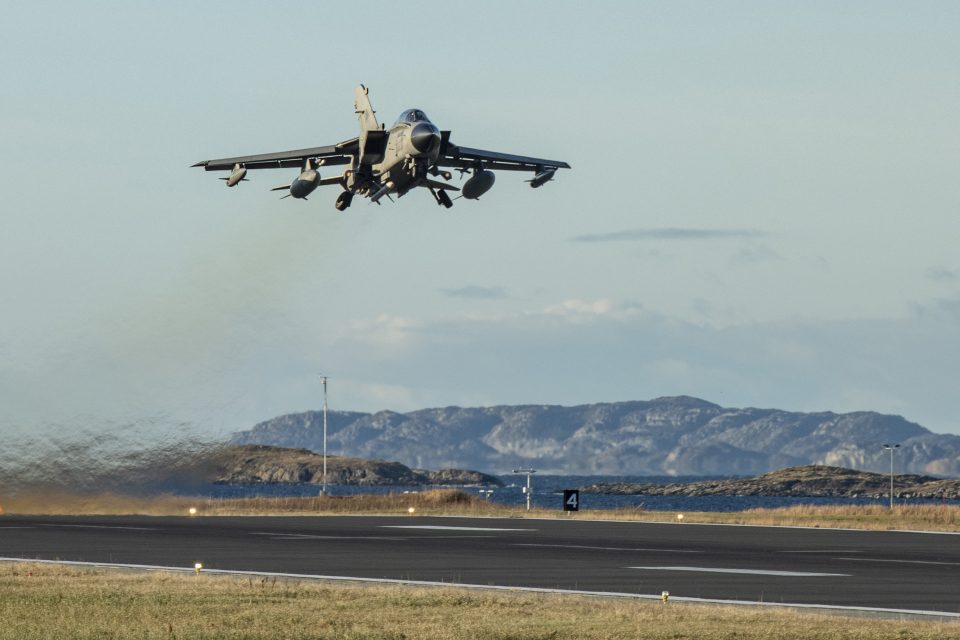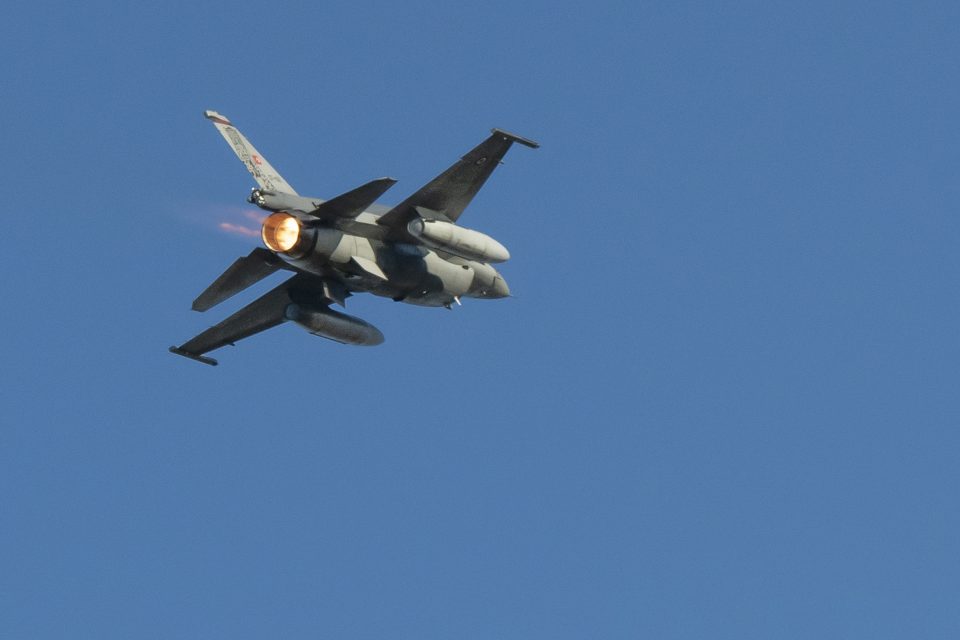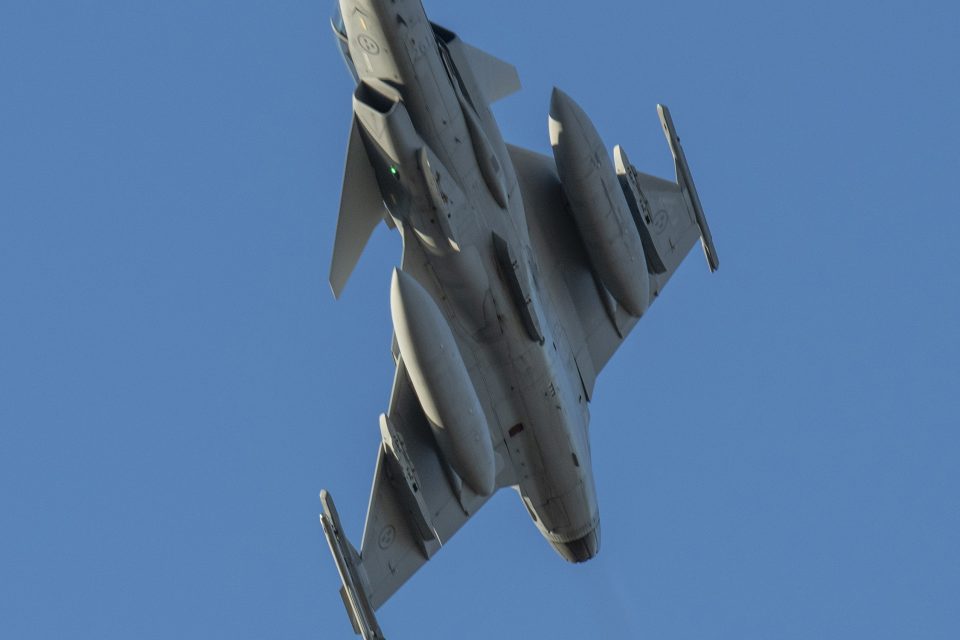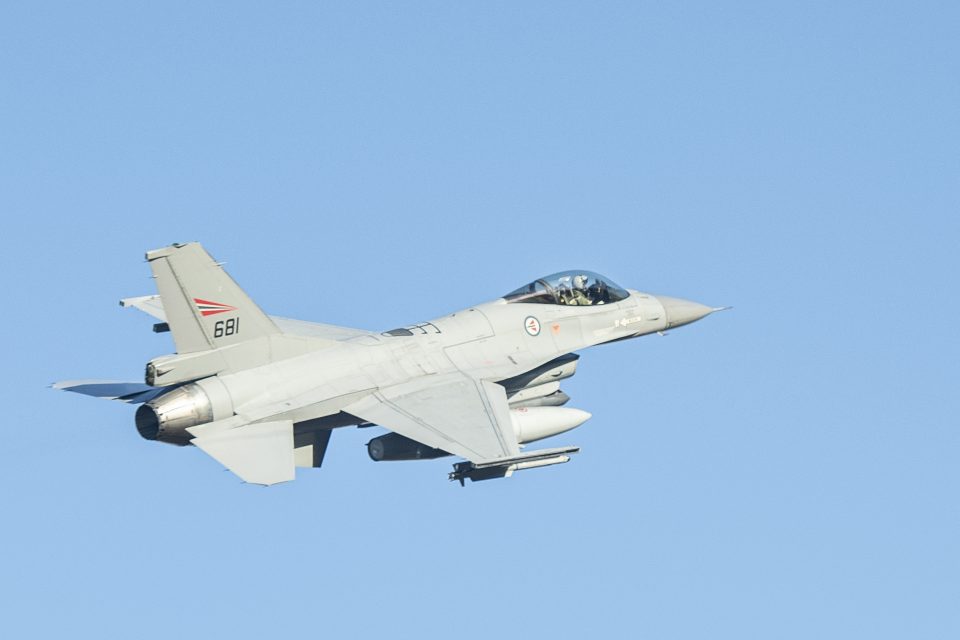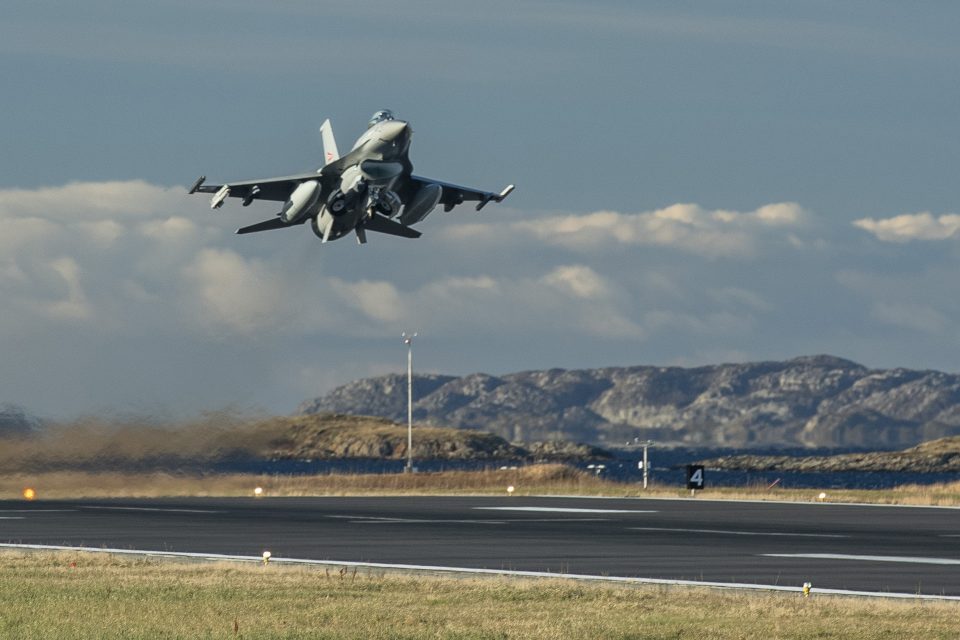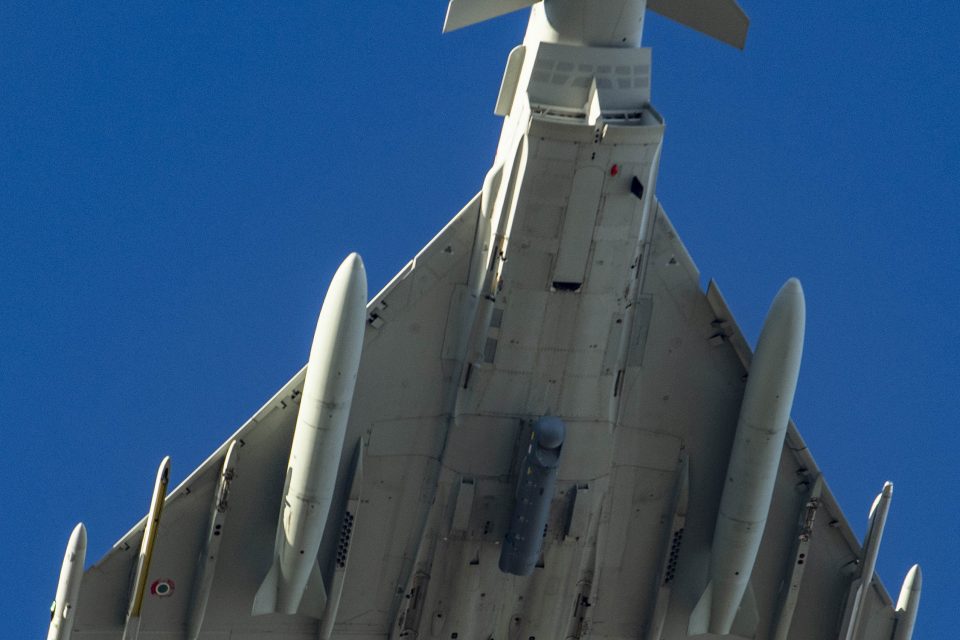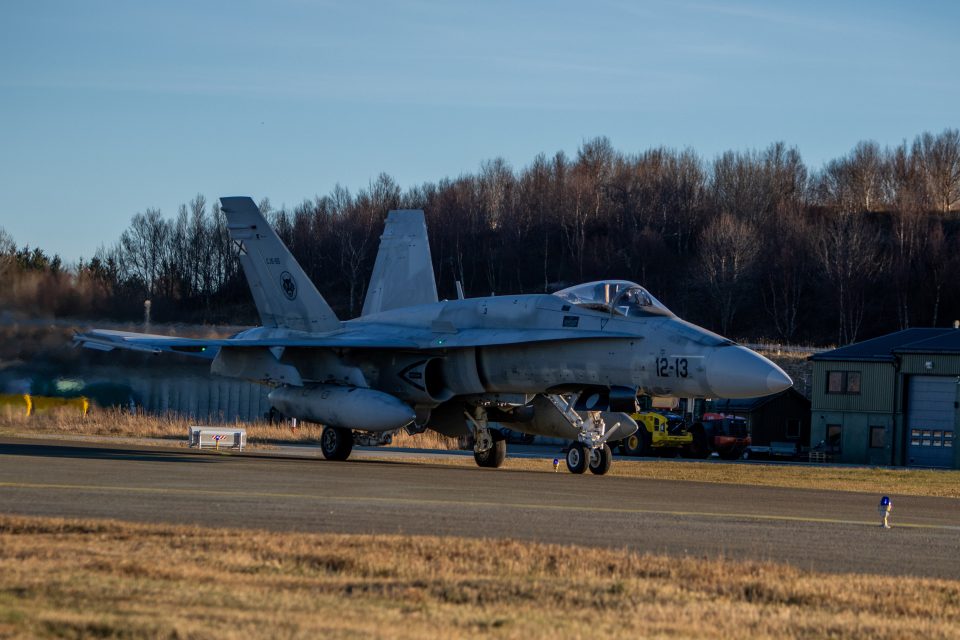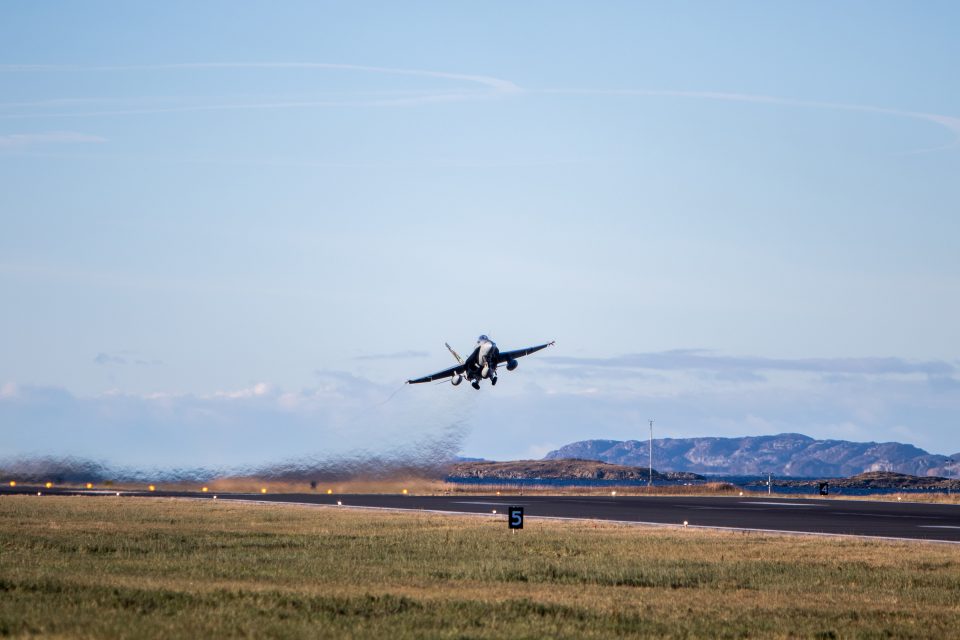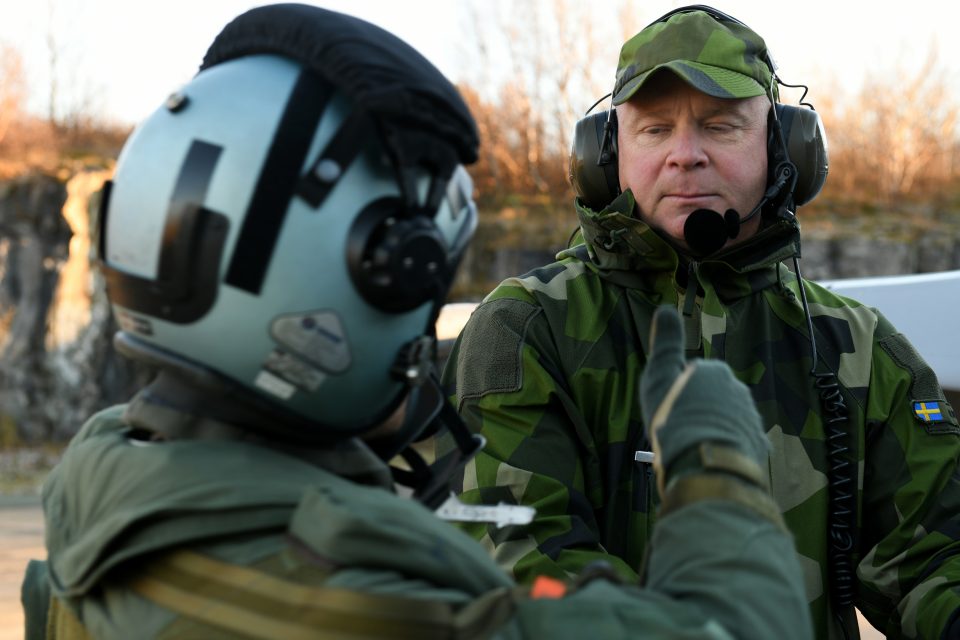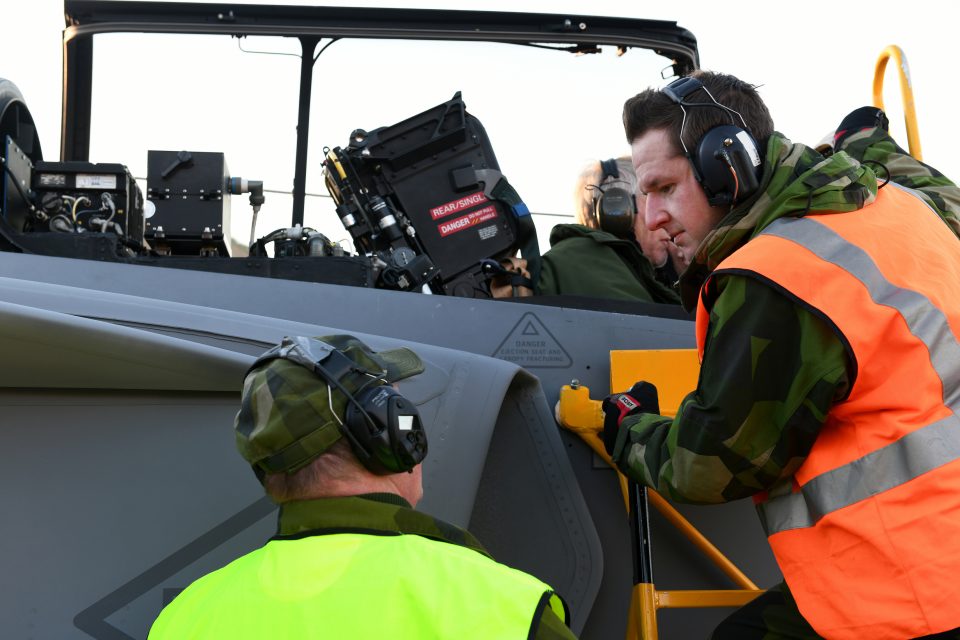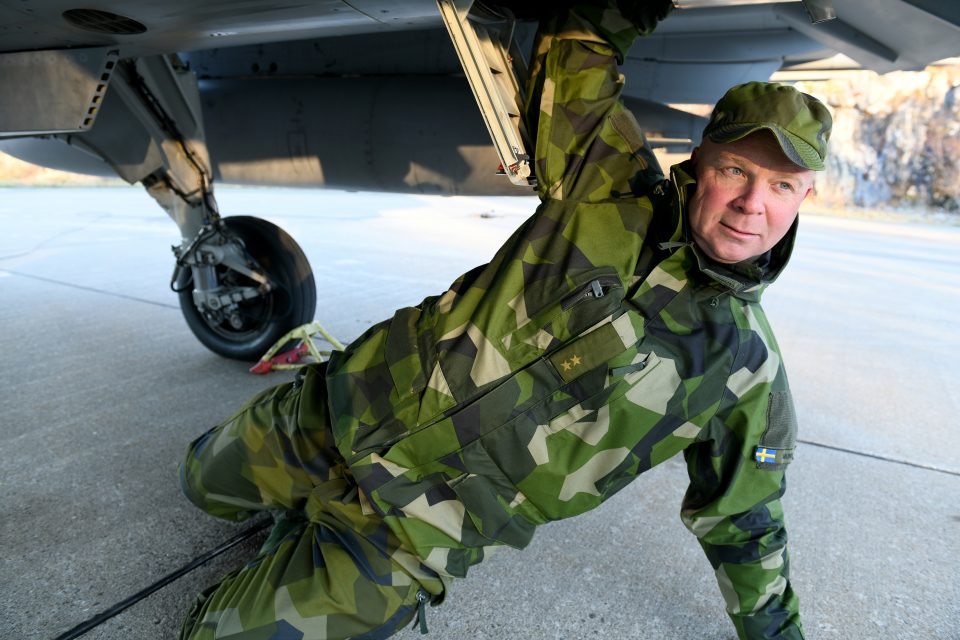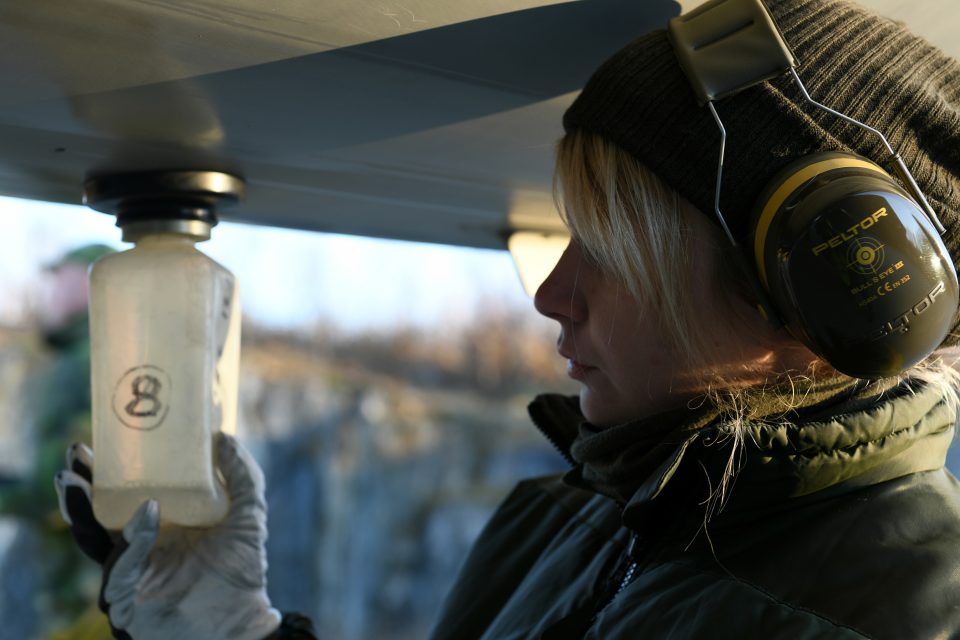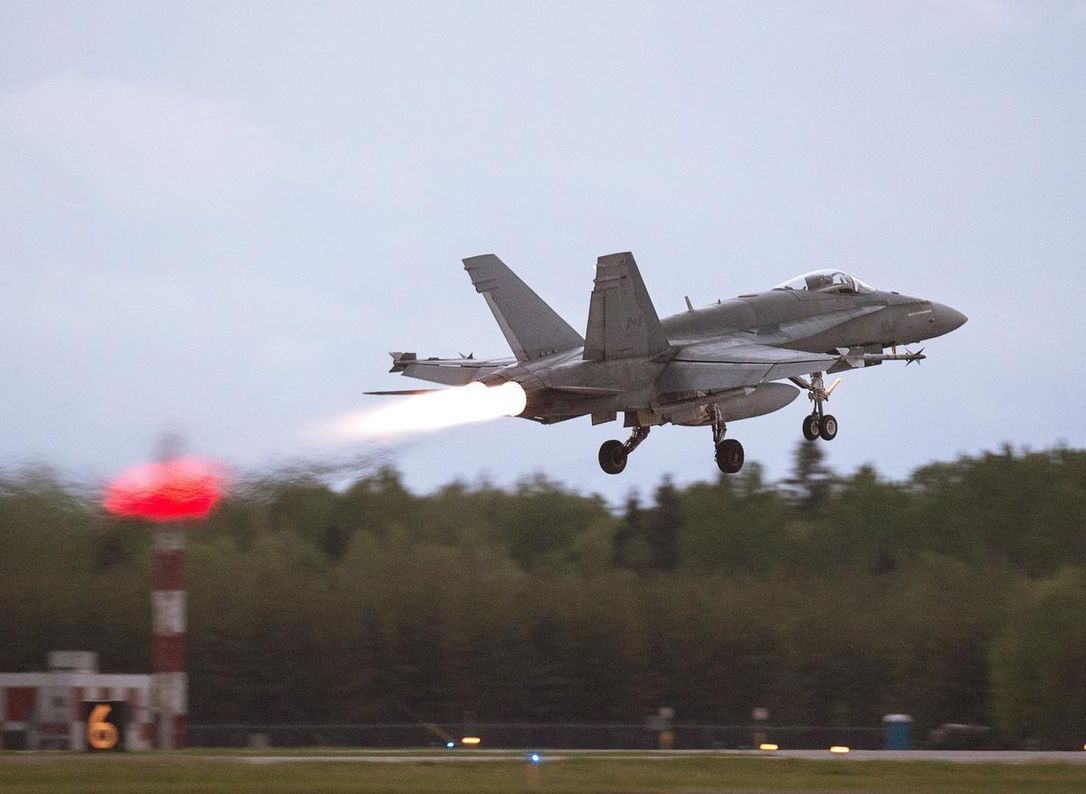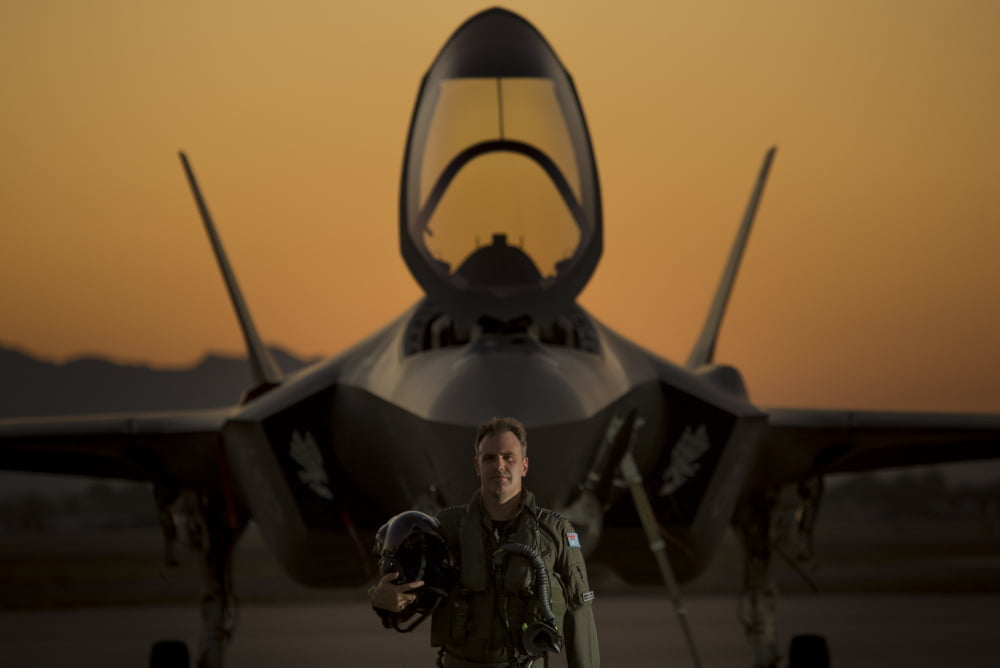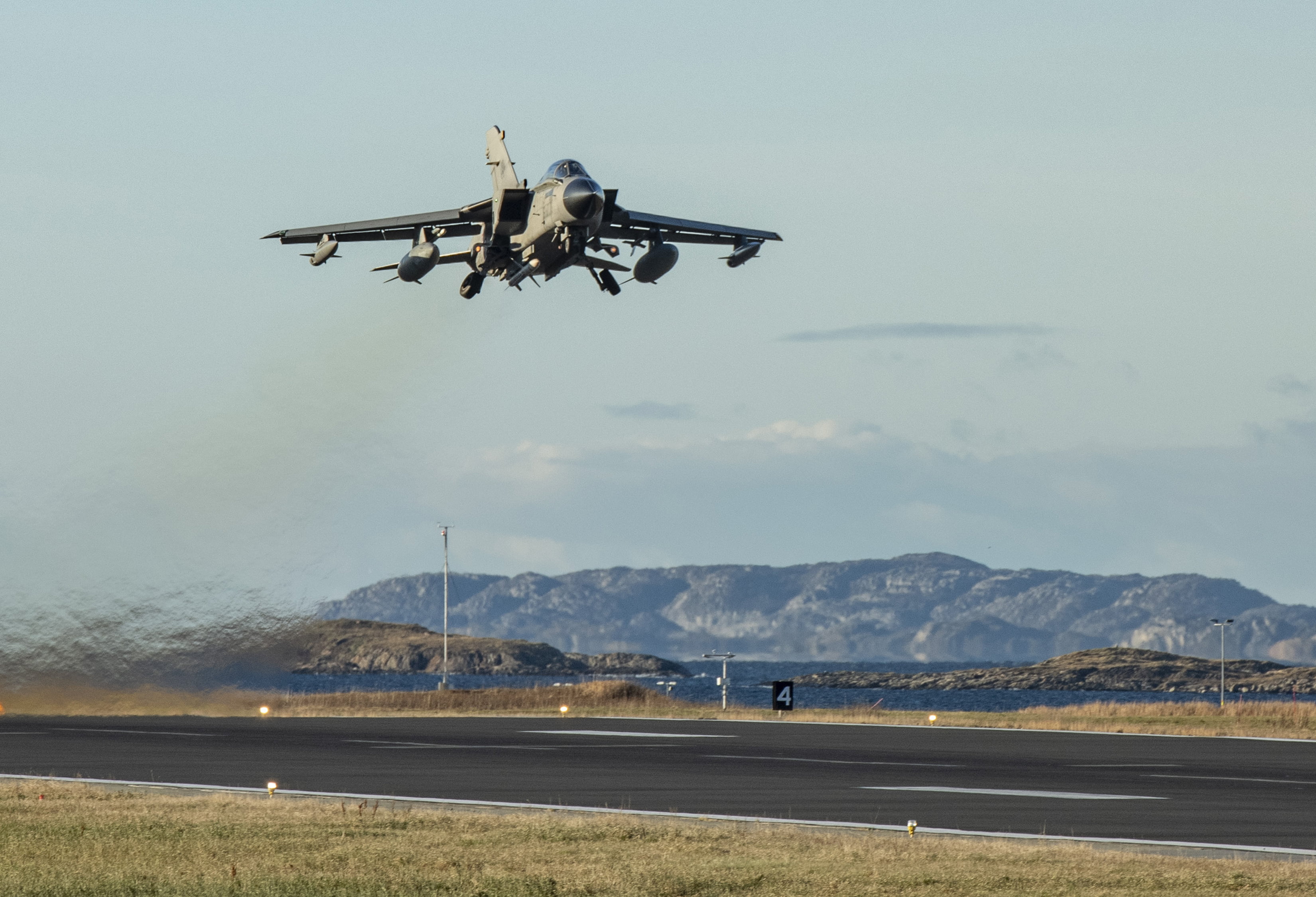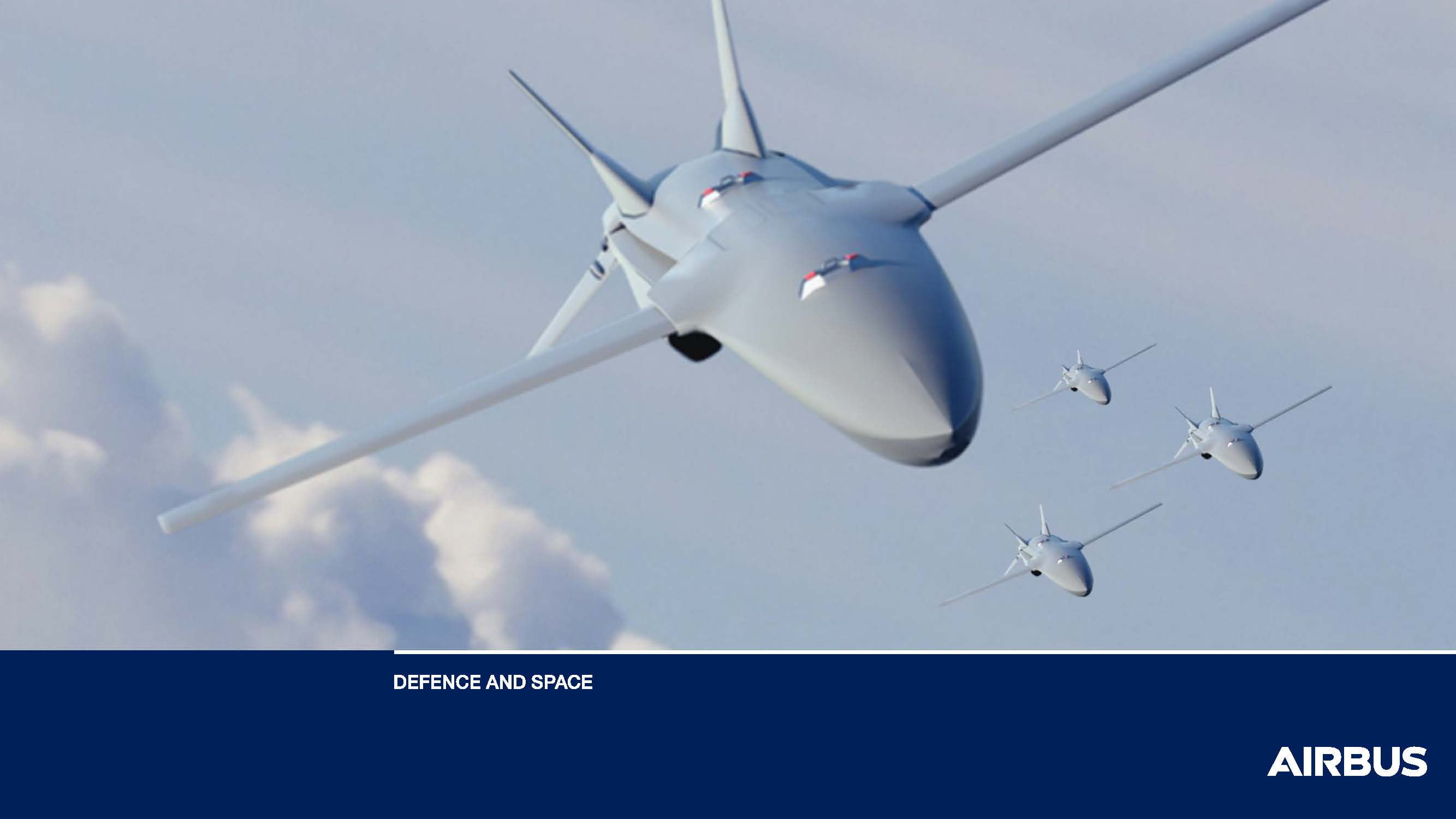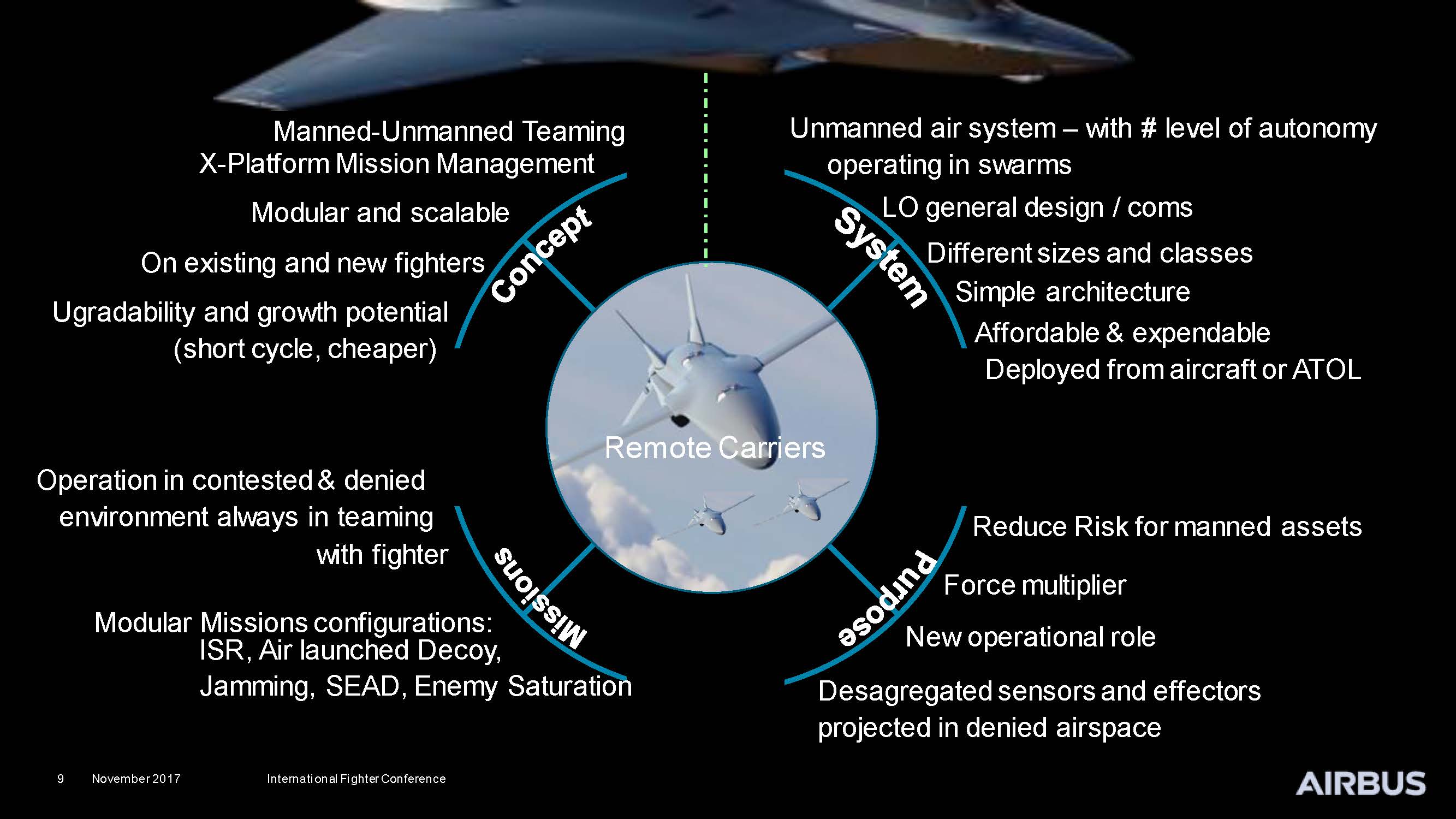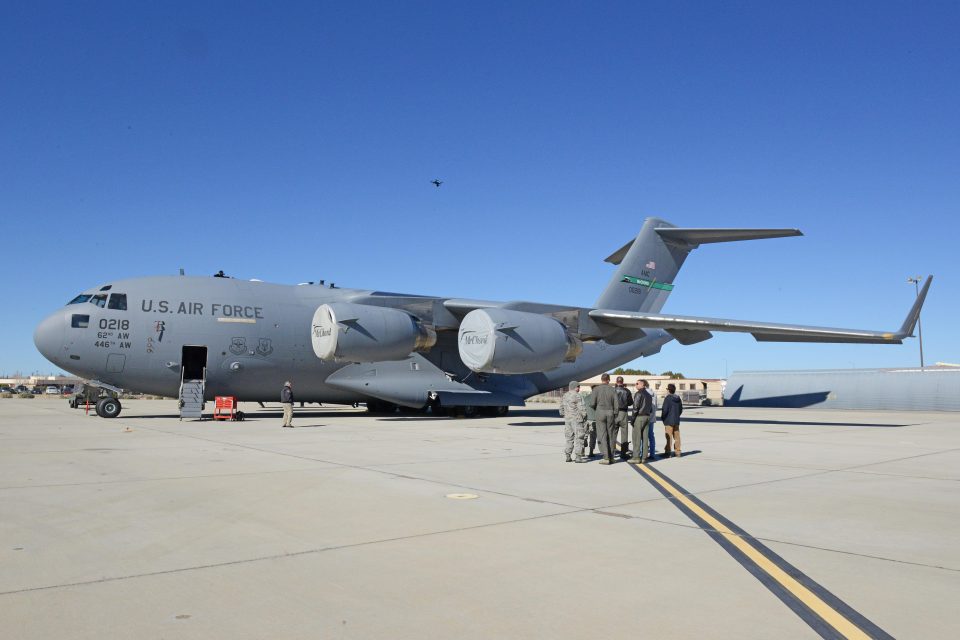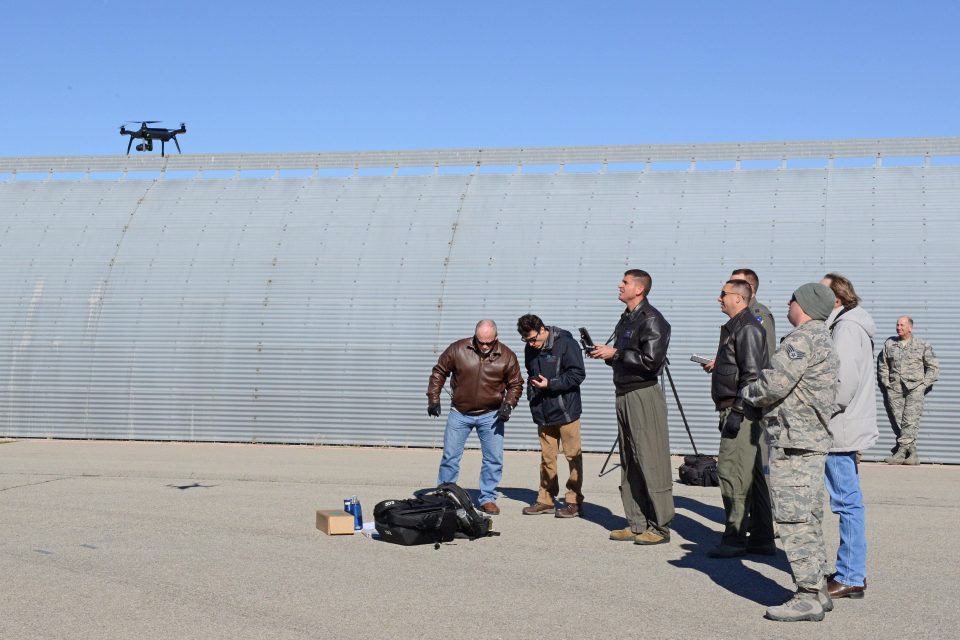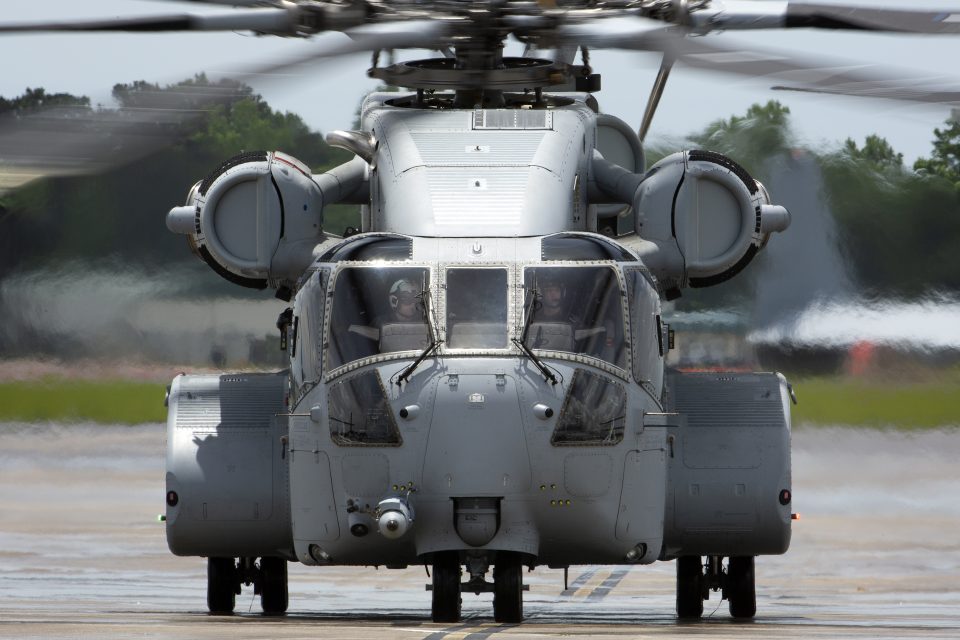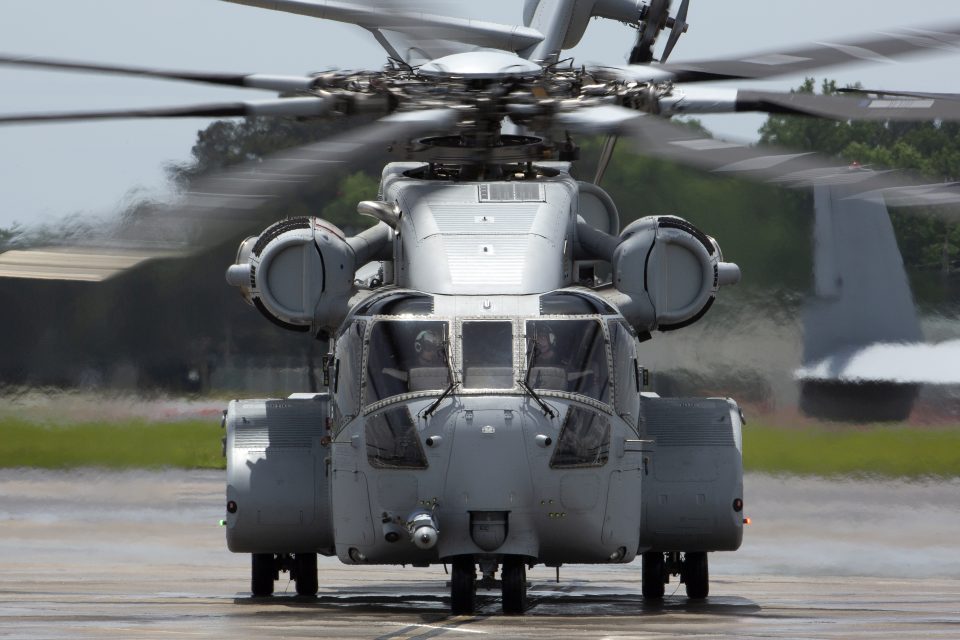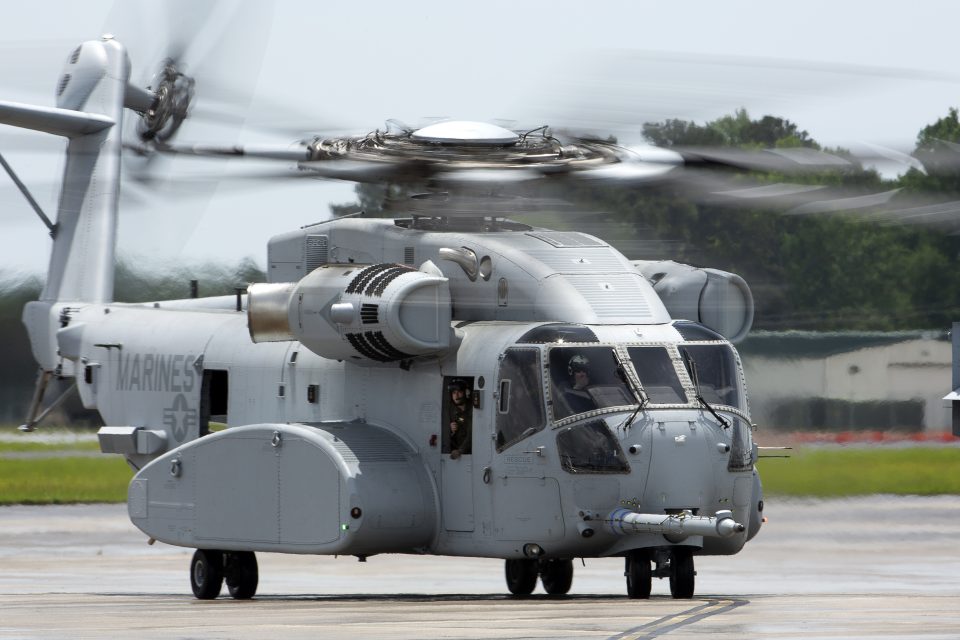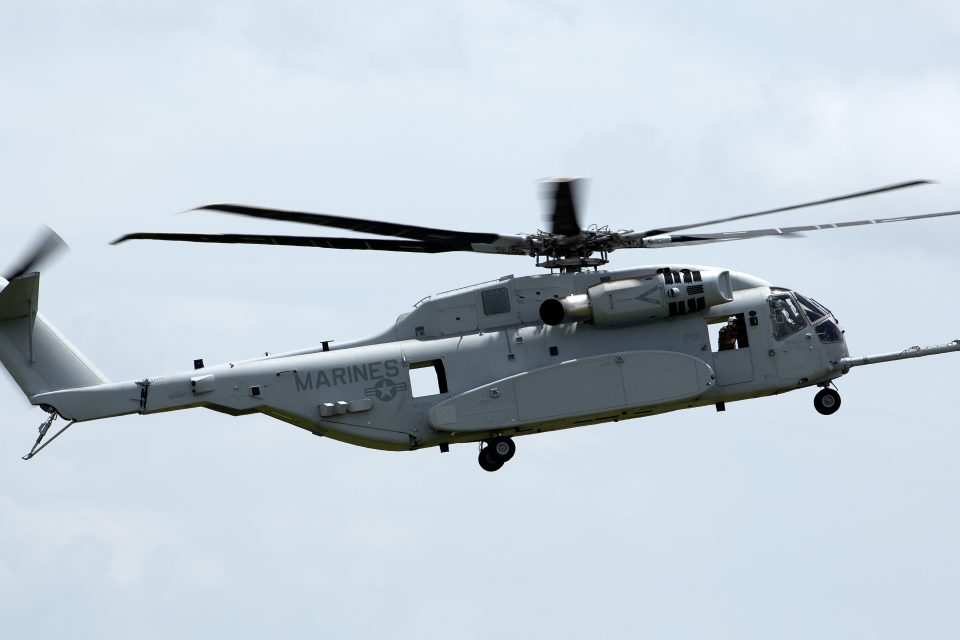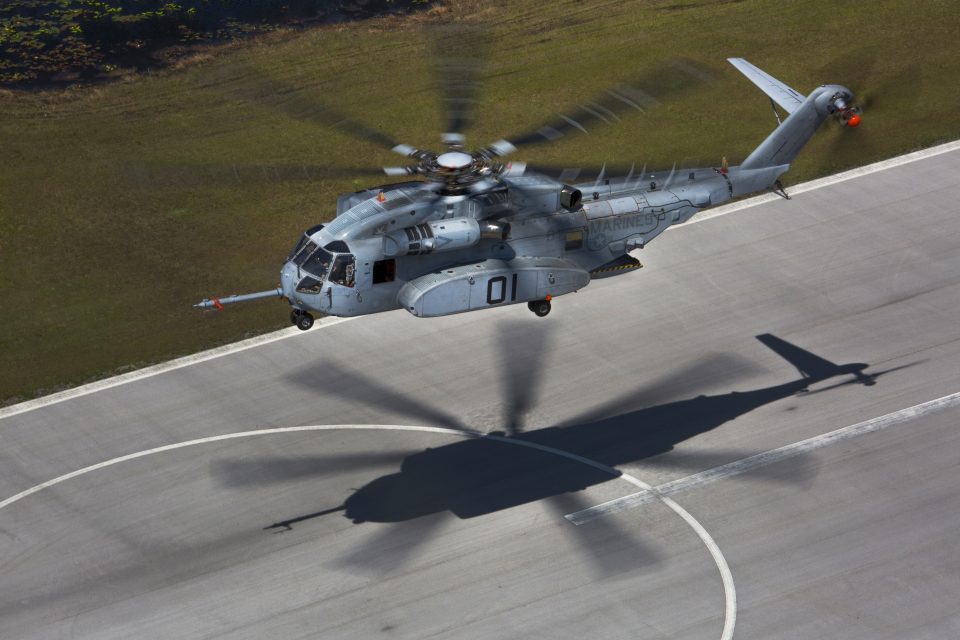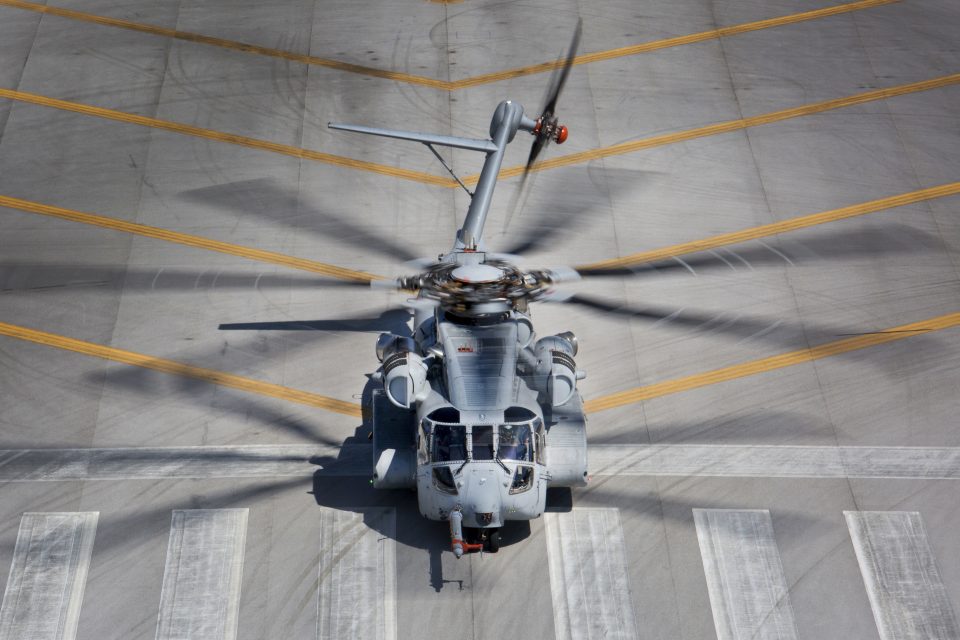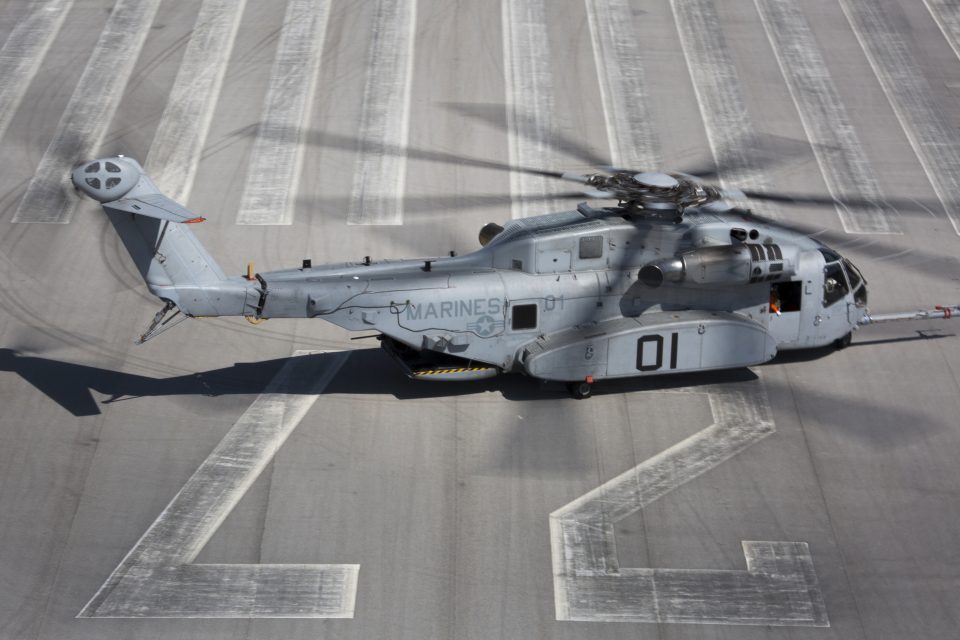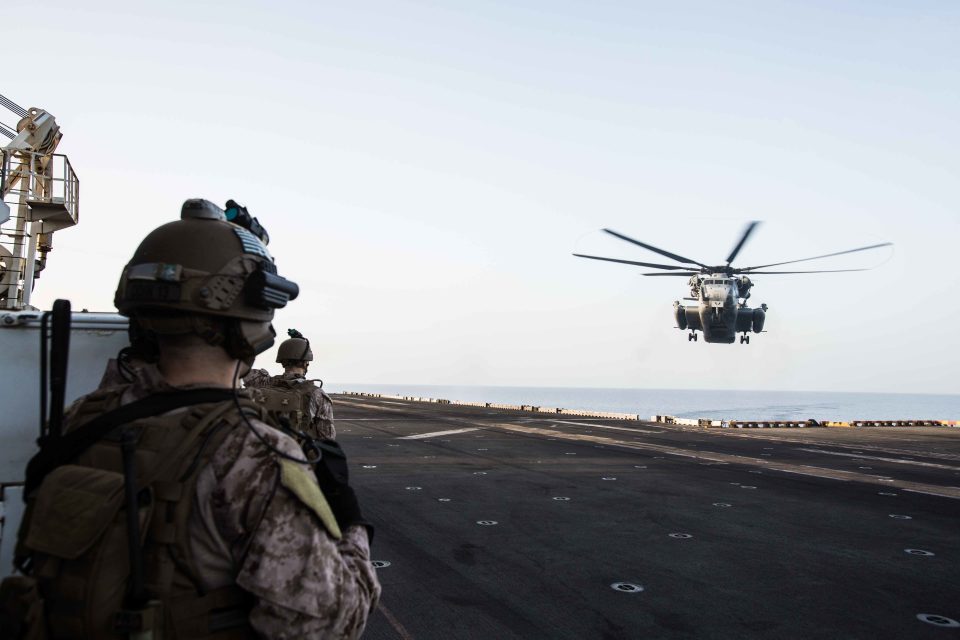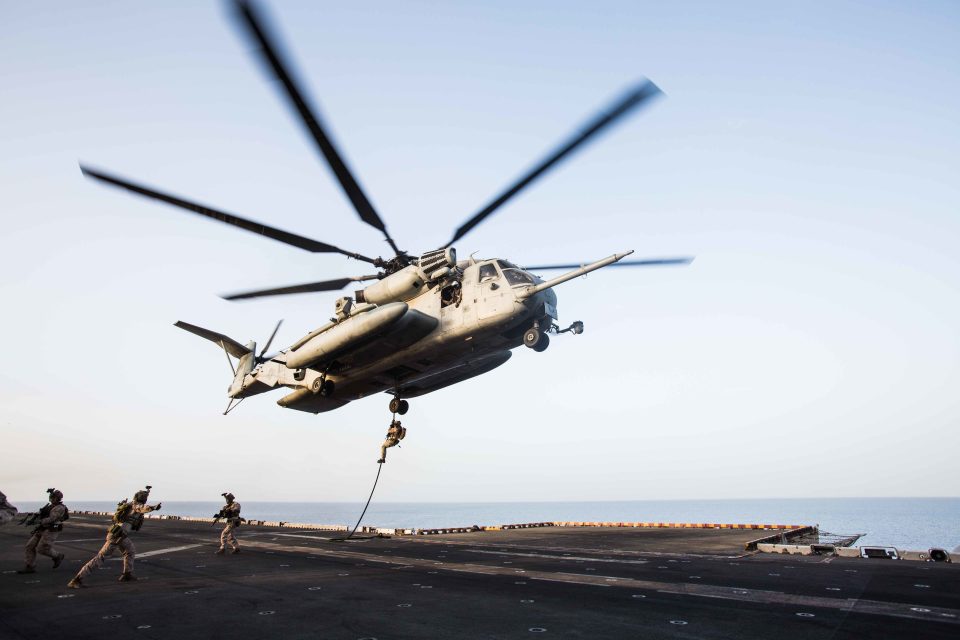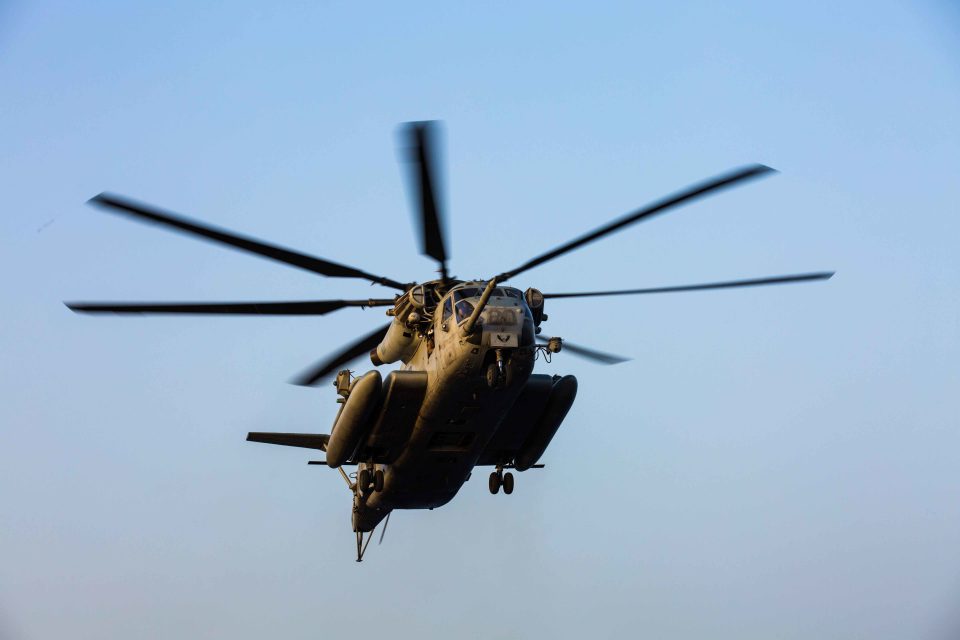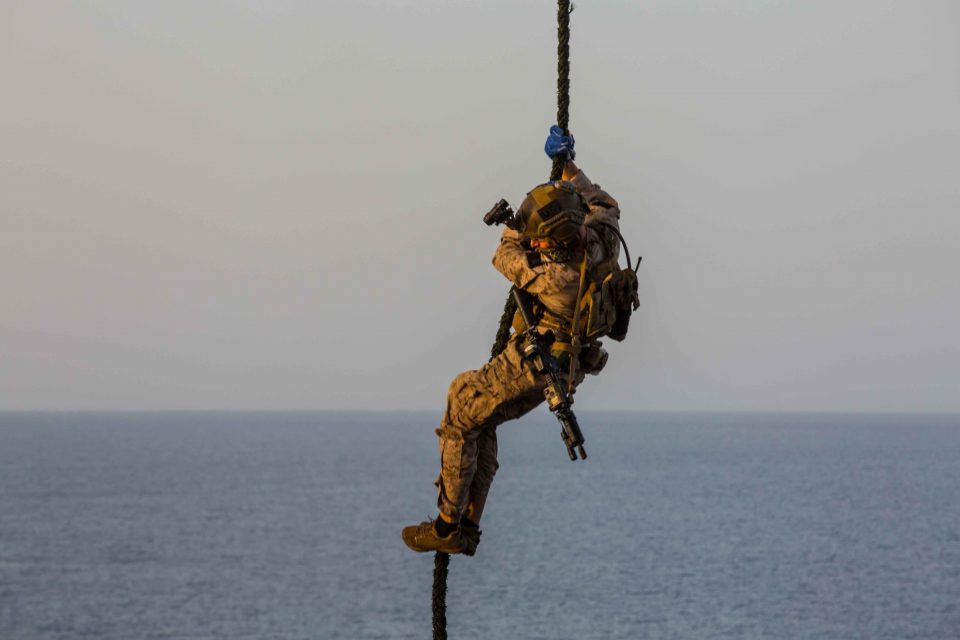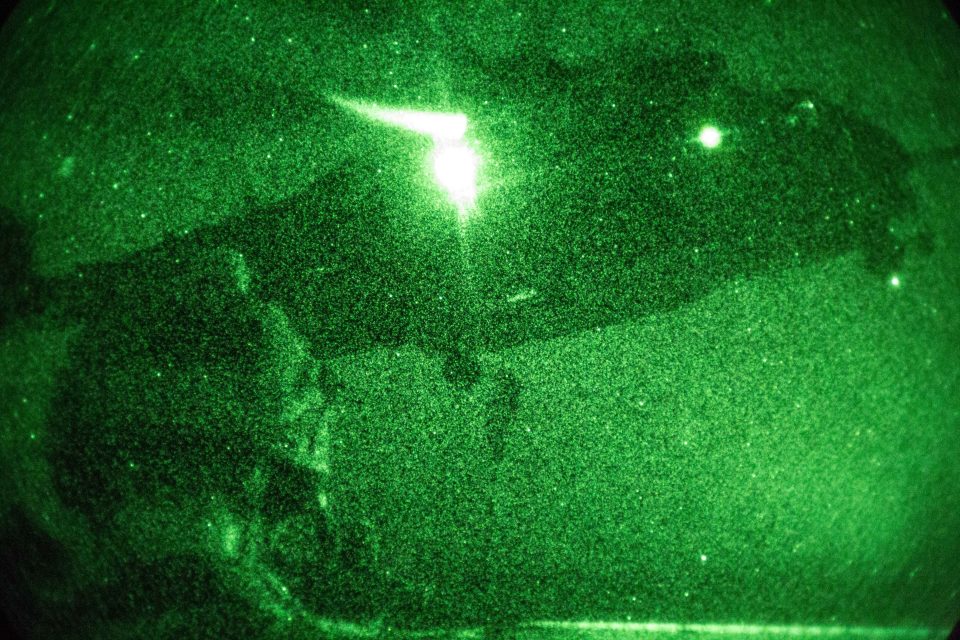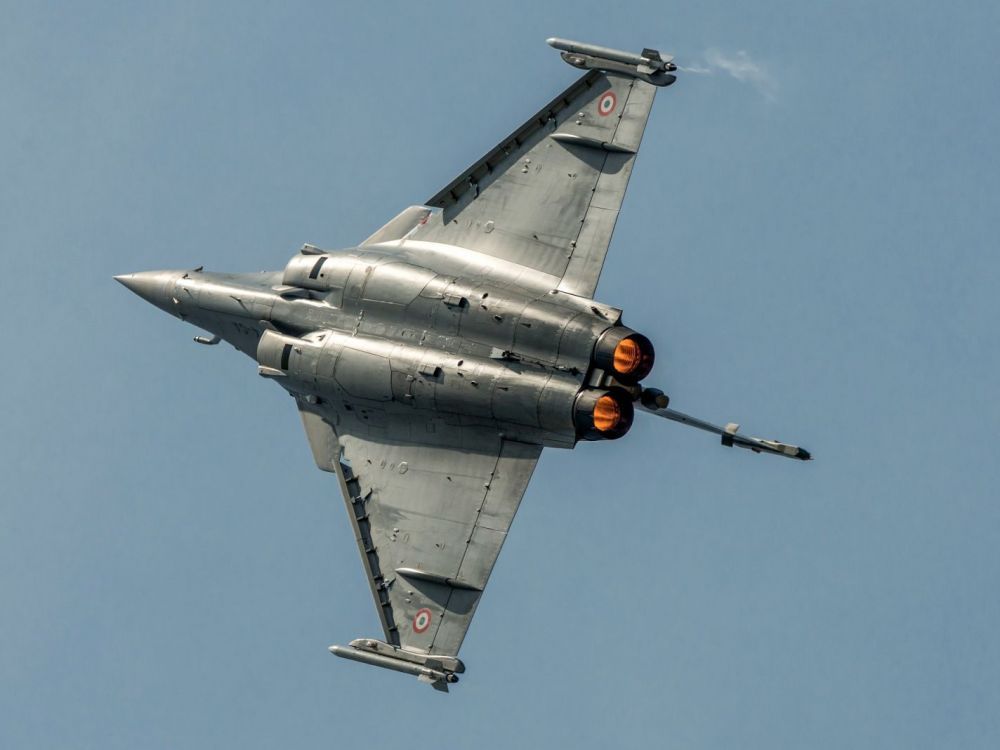By Pierre Tran
Paris, November 26, 2018
The French government and industry are in negotiations for a budget to upgrade the Rafale fighter jet to an F4 standard of higher capability, and also funding for architecture and concept studies for a next-generation fighter, a source close to the talks said.
The planned Rafale F4 encountered “a major difference in the negotiations,” said the source, who declined to be identified.
A contract is due to be signed in December.
A benchmark for the F4 budget could be Britain’s £2 billion ($2.6 billion, €2.3 billion) funding for development of its Tempest future fighter.
France Leads FCAS Effort
France and Germany plan to sign early in the new year a contract for architecture and concept studies for a next-generation fighter jet to replace Rafale and Eurofighter Typhoon, the defense ministries of the two nations said Nov. 21 in a joint statement.
Dassault Aviation is prime contractor on the Rafale and will also lead on the successor fighter, which carries a project name of Next Generation Fighter.
Spain, which will join that fighter project, expects to see a share of industrial work, the source said.
Germany has agreed France will lead the fighter program.
That future fighter is effectively an attempt to maintain a European industrial capability in response to the arrival in Europe of the Lockheed Martin F-35.
“If we don’t do something, we’ll be toast,” said the source.
“It is a matter of timing.
“We need to define requirements, we need to launch the research contract to have a plane by 2040.”
The budget for the architecture and concept studies for the future fighter is estimated to be worth some tens of millions of euros.
Dassault and the French procurement office, Direction Générale de l’Armement (DGA), declined comment on the budgets.
The F-4 Upgrade
Meanwhile, the planned Rafale F4 version will be equipped with a Multi-Function Array, combining radar, electronic warfare and communications.
Thales worked on the MFA in a feasibility study for the Future Combat Air System-Development Program.
Other F4 features include satellite communications, internet connectivity and armed with the MBDA Meteor very long-range, air-to-air missile and a midlife upgrade of the Mica air-to-air weapon.
There have been studies for the F4, with “several ideas on the table,” the source said.
The Rafale F4, along with a mid-life upgrade of 55 Mirage 2000D, will form the “legacy” fighter fleet for the French Air Force in an initial phase spanning 2020-2030.
In the 2030-40 period, a key feature will be the planned airborne nuclear-tipped missile dubbed Composant Nucléaire Aéroportée, successor to the ASMPA weapon.
For 2040 and thereafter, there will be a Next Generation Fighter (NGF) and legacy Rafale, with those aircraft flying in a system of systems, dubbed Future Combat Air System.
The Next Generation Fighter
France has signed a partnership agreement with Germany on the FCAS project.
Dassault displayed a reduced scale model of the NGF at the Euronaval trade show, held October 23-26.
The fact the model, which is not a definitive and final version, was shown at Euronaval signaled that the French version of the future fighter will fly from an aircraft carrier which will one day replace the Charles de Gaulle capital ship.
France and Germany signed April 26 at the ILA Berlin Airshow a cooperative agreement setting out high-level common requirements for a new fighter jet.
That pact paved the way for French and German officers to work on a government-to-government contract due to be signed in January, the source said, adding that Spain has taken part in the talks.
A task force, formed Jan. 1 and comprising the French Air Force and DGA, submitted its report to the office of President Emmanuel Macron in September, setting out the issues, technology and industrial road map.
Urgency is seen as the F-35 is arriving among European allies.
France is leading on the FCAS project, having agreed to German leadership on a future tank, dubbed Main Ground Combat System, and a planned European medium-altitude, long-endurance drone.
Since the summer, French and German officials have held talks to reach a detailed agreement on requirements and a common road map.
The plan is to launch the Franco-German fighter program in 2020.
France is keen to enlarge as much as possible its cooperation with Germany, beyond building a common fighter, and to agree to a broad concept of a Next Generation Weapon System.
The French Air Force, DGA, Dassault, MBDA, Safran and Thales are working together to study concept of operations, and research and technology.
Concept studies have been drawn up, drawing on DGA technology studies, lessons learnt on the Neuron demonstrator for an unmanned combat aerial vehicle, and work on the Future Combat Air System-Development Program conducted with the UK.
Those studies focus on missions and threats, pitching systems against systems rather than fighter against fighter.
A Team Approach to Air Combat Superiority
The concept is that the aircraft will work together, connected and exchanging information over an internet grid.
There will be manned, unmanned aircraft and “objects” flying in the skies, all hooked up on a network.
This focus on an overall system of system is seen as a different approach to the U.S. focus on an aircraft, the F-35, which is hooked up to other units through the network.
A key element of the French concept is a fleet of small drones, dubbed mules, flying ahead to detect and jam the enemy, and clear the way for the manned fighter.
The fighter jet will link up with satellites, AWACs spy aircraft, aircraft carrier, ground troops and command centers.
The planning is based on two conceptual circles, with the first circle comprising Rafale and next-generation fighter, future cruise missiles and future anti-ship missile, unmanned aerial vehicles, unmanned combat aerial vehicles, and “remote carriers,” which will be manned aircraft working with drones.
The second circle will include electronic warfare aircraft, AWACs and its successor, satellites, aircraft carrier task force, ground troops, and command and control centers both airborne and on the ground.
Hooking all these up will require a successor to the Link 16 communications network and the French Air Force is working on how to evolve the existing system to the next-generation FCAS, the source said.
The concept is to share tasks among the mix of aircraft so the fighter does not need to master every mission, the source said.
There will be high degree of stealth.
A British Role?
Meanwhile, the UK has announced its Tempest project for a future fighter, reflecting its air superiority requirement.
Tempest is intended to maintain British industry, said the source, adding that the announced £2 billion budget for development out to 2025 will not be enough.
Britain is expected eventually to be a partner on the Franco-German FCAS project.
“The door is never closed,” the source said.
Companies and FCAS
Airbus and Thales are reported to be competing to be system architect for FCAS, a key role in shaping the overall program.
France has invested a great deal in Thales, seen as a champion in connectivity and aeronautics, the source said. A formula will be found that satisfies the competing claims. “Each has its capability,” the source added. “Airbus will not lose out.”
Under French leadership, French and German companies have worked together with much effectiveness in the FCAS project, and presented to the authorities of the two nations their ambitions for FCAS, the French and German ministries said in the Nov. 21 joint statement.
The ministries have agreed that Airbus and Dassault will share leadership on a joint concept and architecture study for FCAS, with internet connectivity part of of the latter study, the ministries said. The two countries will sign that contract in early in 2019.
Contracts for studies for research and development, and demonstrators will be signed at the 2019 Paris Air Show, the ministries said.
French engine builder Safran will take the lead in developing the engines, with German MTU Aero Engines as subcontractor, business website La Tribune reported.
F-4 Technology as FCAS Building Block
Meanwhile, the DGA qualified Oct. 31 an F3-R standard for the Rafale, allowing the fighter to be armed with the Meteor very long-range, air-to-air missile, and carry the Thales Talios laser targeting pod, the procurement office said in a Nov. 8 statement.
The Meteor weapon will be hooked up with the active electronically scanned array RBE2 radar. The Talios pod aims to boost detection, recognition and identification of targets in day and night, seeking to deliver highly accurate air-to-ground strikes.
A laser-guided version of the Safran AASM powered smart bomb will also arm the F3-R, Dassault said in a statement.
Upgrades of the 144-strong Rafale fleet to F3-R began in October, with a first batch of 10 F3-R aircraft to go to the Air Force and Navy for operational trials, the DGA said.
Four of those units will be delivered by the end of this year.
French export sales of the Rafale to Egypt, Qatar and India are based on the F3-R standard.
Work on the F3-R standard drew on operational experience, particularly for fitting the AASM, the DGA said.
Interoperability and regulatory requirements were also factored in. Dassault, Thales, MBDA and Safran signed in 2014 the contract for F3-R, on a budget of some €1 billion.
“The Rafale continuous improvement approach is now looking to the F4 standard, development of which should begin soon, after completion of the ongoing feasibility studies,” Dassault said.
“This future standard will notably improve the connectivity of the Rafale and its ability to operate as part of a network.”
Technology in the F4 is seen as a building brick for the FCAS project.
The UK suspended the bilateral FCAS-DP project with France due to uncertainty over Brexit, Britain’s departure from the European Union on March 29, 2019.
The Rafale photo is credited to DASSAULT AVIATION – S. RANDÉ
Also, see the following:
The French Air Force and FCAS: Perspectives from the International Fighter Conference 2018


